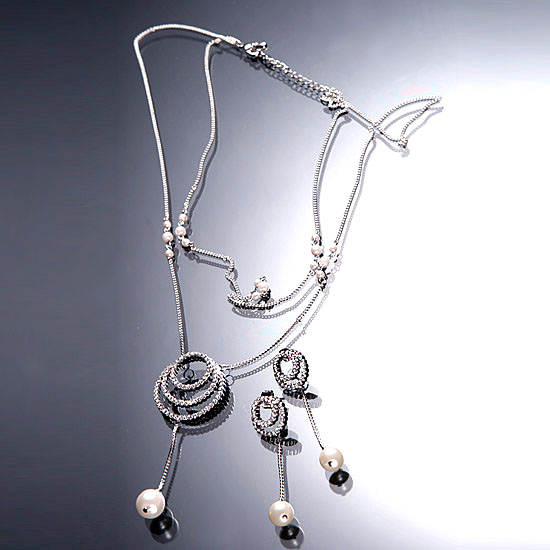Commercialism and plentiful
over-the-counter choices encourage vitamin and supplement use to promote
health and well-being. However, those readily available vitamins may do
more harm than good if taken incorrectly. Reading the label and
understanding daily allowances will stop a potential vitamin overdose.
Certain vitamins should not be double-dosed, as doing so could cause
organ damage. There are two types of vitamins: fat-soluble and
water-soluble. The fat-soluble vitamins are stored in the body for later
release, creating a potential overdose with double dosing. The Harvard
Public School of Health recommends obtaining vitamins from a healthy
assortment of food choices, as it is difficult to overdose on vitamins
in food.
Vitamin A
Vitamin
A is fat-soluble and should not be double-dosed. Vitamin A is taken to
improve vision, skin, immune response and promote normal cell division.
The Vitamins and Health Supplement Guide website states that a dose
greater than 20,000 IU of vitamin A is toxic to the human body. Fatigue,
nausea and vomiting may indicate an overdose of this supplement.
Another harmful effect of a double-dose of this vitamin in pregnant
women is potential damage to the fetus.
Vitamin D
Vitamin
D can be toxic in double doses. This vitamin is produced by the body in
response to sunlight, or UV, exposure and promotes the use of calcium
for healthy, strong bones. MedlinePlus notes that headache, nausea,
weakness, muscle pain and a metallic taste can all signify overdose of
this vitamin. Toxic doses of vitamin D taken over a prolonged period can
result in irreversible deposits of calcium crystals in the soft
tissues; this can be damaging to the heart, lungs, and kidneys.
Vitamins C and E Although vitamins C and E are water soluble, meaning extra doses are usually eliminated harmlessly through the urine, double doses are not recommended. The National Institutes of Health claims that too much vitamin E, or dl-alpha-tocopherol, in amounts greater than 1000 mg a day can cause bleeding. Vitamin C, a potent antioxidant used to boost the immune system, can counteract some chemotherapy treatments and cause stomach problems if taken in excess according to MayoClinic.com.
Multivitamins Beware of double dosing multivitamins, as many contain non-vitamins that are toxic in large doses. Specifically, iron and calcium, minerals that assist with bone density, are harmful if a double-dose of multivitamin is ingested, according to the Vitamins and Nutrition Center website. Double-dosing multivitamins may also provide excessive vitamin intake of A, D, C and E, all which are harmful in surplus.




























